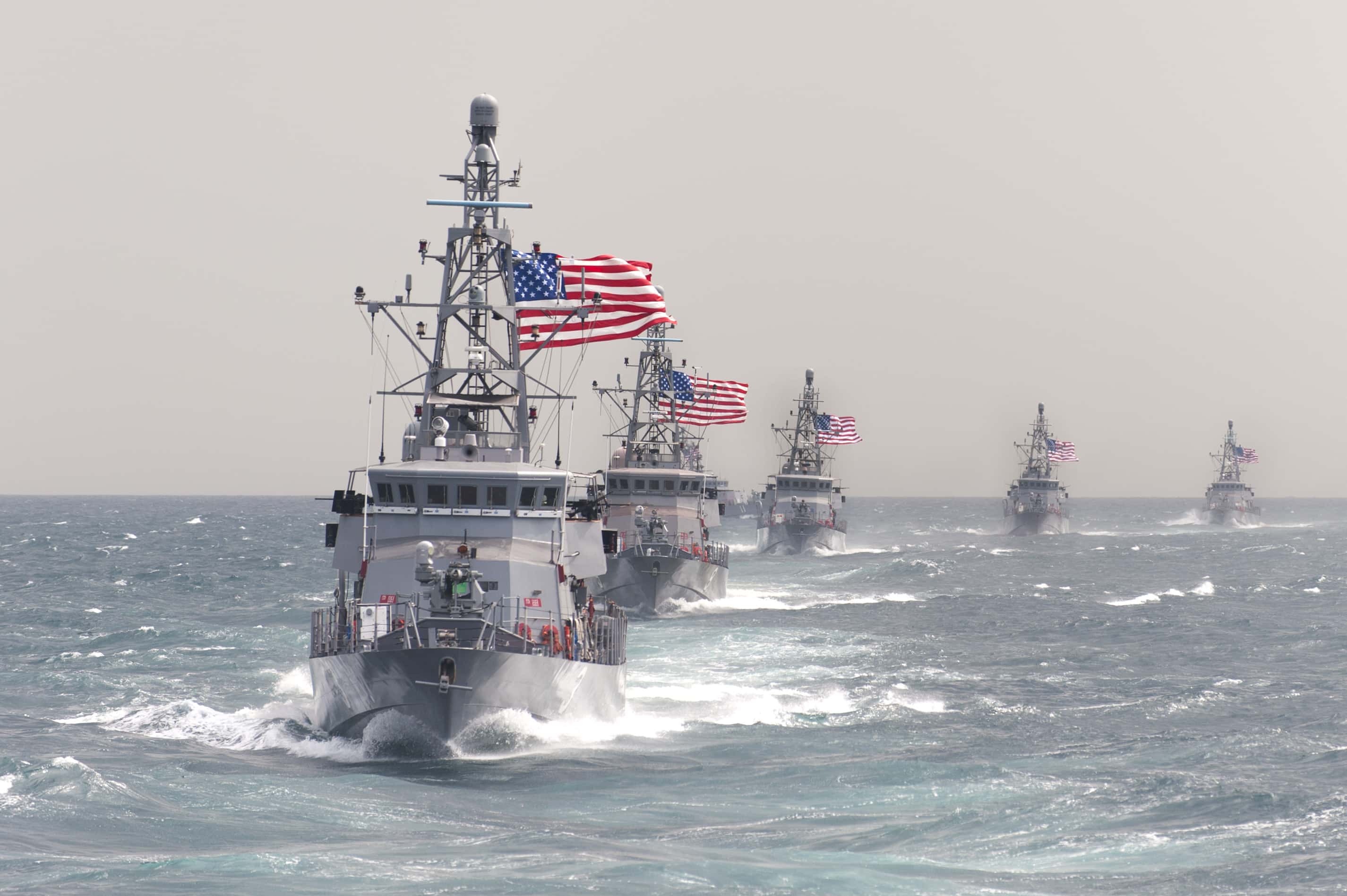
The United States pretty much had its way in the world from 1991 to 2014. But now the empire’s strength is severely depleted and fatally overextended, whereas the military and industrial capacity of its increasingly allied adversaries is ascendant, and in aggregate, greatly exceeds that of the empire and its compliant vassals.
Perhaps most importantly, the ability of the US to inflict severe economic and financial damage on countries who defy “the rules-based international order” has been rendered effectively impotent by the collaborative countermeasures developed and resolutely employed by Russia, China, Iran, India, Brazil … the list goes on, and is lengthening at an accelerating pace.
And, even as US sanctions power has dramatically waned, its capability to maintain a potent military presence in dozens of strategic “hot spots” around the world has become illusory. Yes, the American military ostentatiously maintains many hundreds of bases dotting the planet, but that simply underscores the extreme degree to which US military power is diluted.
The purported ability of the US military to “project power anywhere on the globe at a moment’s notice” is a meaningless fantasy in the context of anything more than launching a few dozen cruise missiles at a target in a country that lacks the capacity to shoot back.
This is the incontrovertible mathematical reality: to assemble a force sufficient to wage war against Russia, China, or Iran would require the US to effectively abandon every major military base on the planet.
Were they permitted, without opposing interdiction, to concentrate a million combat effectives (they wouldn’t be, of course), it would require at least a full year to stage such a force in the theater of operations.
A “combined-arms” force adequate to make war against Russia, China, or Iran would necessarily constitute the greatest concentration of American military power since the Second World War, with the longest and most vulnerable supply lines ever seen in the history of warfare — choke-points that would be potently contested by what almost certainly would be the combined naval and long-range strike-missile capabilities of Russia, China, and Iran.
But, for the sake of argument, let us imagine a fully equipped American combined-arms force could be miraculously materialized in eastern Europe, or the South China Sea, or the Persian Gulf.
As multitudes of observant and discerning military officers and analysts around the world have now come to see: the US could only sustain high-intensity industrial-scale warfare for 6 – 8 weeks, at most, until severe losses, munitions exhaustion, and broad-spectrum logistical breakdowns compelled them to cease operations.
This reality was little recognized and poorly understood prior to February 2022. But the war in Ukraine has exposed key US military shortcomings and vulnerabilities, and revealed the shocking logistical and industrial debility of what many across the globe still imagined to be “The Greatest Military in Human History” and the peerless industrial production might of the legendary “Arsenal of Democracy”.
By unfounded reputation, and “on paper”, as they say, the United States appears to possess the most powerful military on the planet. But there is a vast difference between perceived power and the actual ability to project power and sustain power against the adversaries the US military must now face and defeat in order to prevent or even meaningfully delay the end of American global hegemony.
Reprinted with permission from imetatronink.
Subscribe and support the author here.

